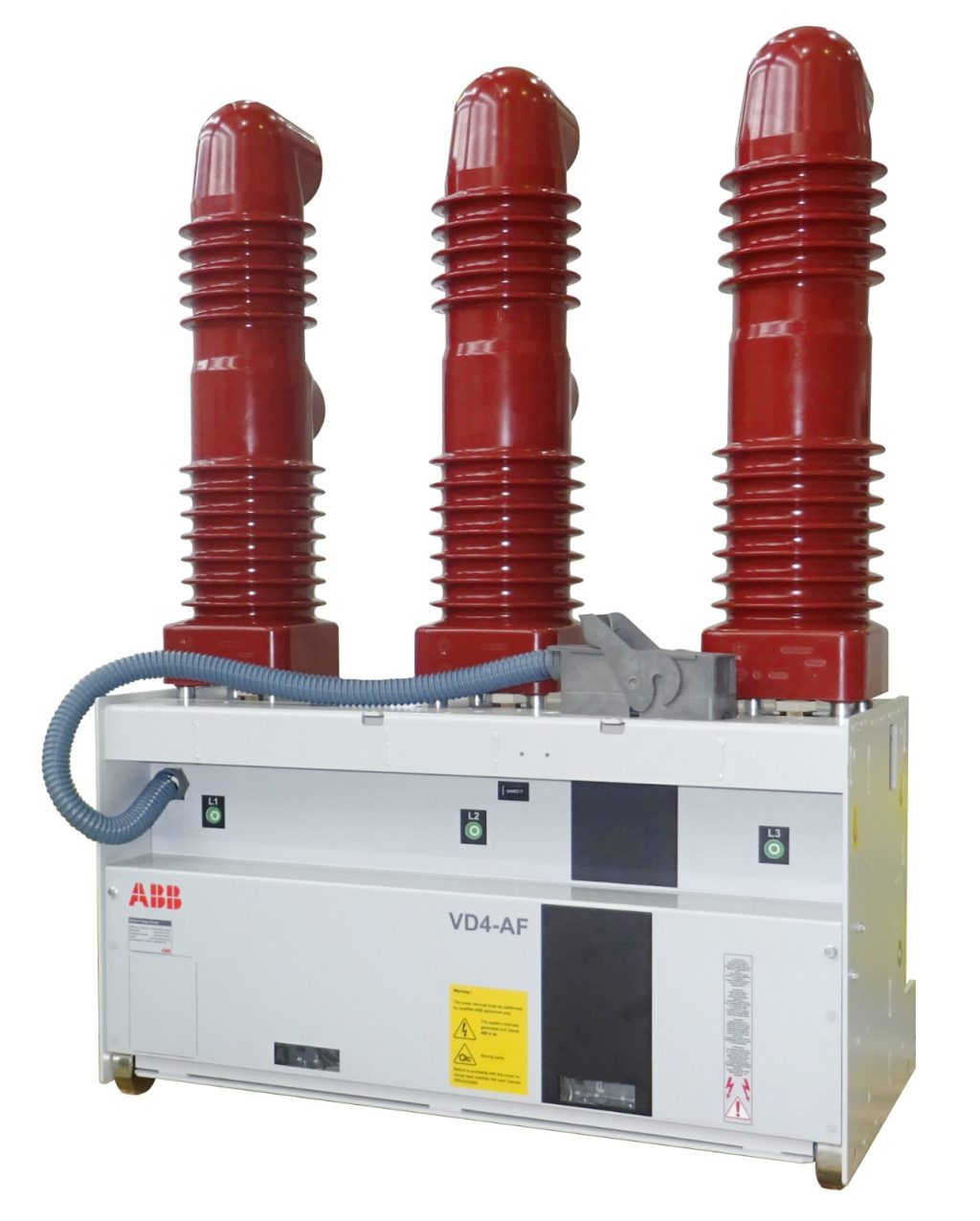
Introduction to Vacuum Circuit Breaker Technology
A vacuum circuit breaker is a crucial component in modern electrical power systems, known for its superior reliability, safety, and efficiency. At Aierway, we explore how the Vacuum circuit breaker has transformed electrical protection by using vacuum technology to extinguish electric arcs. Unlike conventional circuit breakers, a vacuum circuit breaker uses a vacuum as the medium for arc quenching, ensuring minimal contact wear, low maintenance, and long operational life.
Understanding the Function of a Vacuum Circuit Breaker
The vacuum circuit breaker operates by interrupting current flow in an electrical circuit during fault conditions such as overloads or short circuits. When contacts within the vacuum circuit breaker separate, an arc is generated between them. The vacuum environment quickly extinguishes this arc since there are no gas molecules to sustain ionization. This process ensures a fast and efficient interruption, making the vacuum circuit breaker ideal for medium-voltage applications.
Evolution of Vacuum Circuit Breaker Design
The design of the vacuum circuit breaker has evolved significantly since its introduction in the mid-20th century. Early designs faced challenges with contact material durability and vacuum sealing. Modern vacuum circuit breakers, however, benefit from advanced metallurgy, precision manufacturing, and hermetically sealed chambers. These innovations have made the vacuum circuit breaker more compact, reliable, and efficient, supporting widespread use in industrial and utility applications.
Key Components of a Modern Vacuum Circuit Breaker
A vacuum circuit breaker consists of several essential components that work together to ensure reliable operation:
Vacuum Interrupter
The heart of the vacuum circuit breaker is the vacuum interrupter. It houses the fixed and moving contacts in a sealed vacuum chamber. When the breaker operates, the contacts separate, and the vacuum quickly quenches the arc.
Contact Materials
The choice of contact material in a vacuum circuit breaker is crucial for minimizing erosion and ensuring long life. Commonly used materials include copper-chromium alloys, which provide high arc resistance and excellent conductivity.
Operating Mechanism
The operating mechanism of a vacuum circuit breaker ensures precise movement of contacts during opening and closing. It may be spring-loaded, magnetic, or motor-driven, depending on the application. This mechanism allows the vacuum circuit breaker to operate swiftly and consistently under varying load conditions.
Insulation and Enclosure
Modern vacuum circuit breakers use robust insulation systems and durable enclosures to withstand environmental factors and electrical stress. Compact and modular designs enable easy installation and integration into switchgear systems.
Working Principle of a Vacuum Circuit Breaker
The vacuum circuit breaker operates on the principle of arc interruption in a vacuum. When a fault occurs, the breaker’s contacts open, creating an arc. Because the medium inside the interrupter is a vacuum, the arc cannot sustain itself. The electrons and ions produced during arcing quickly recombine, and the current flow stops almost instantly. This efficient arc quenching mechanism gives the vacuum circuit breaker a major advantage over traditional air or oil circuit breakers.
Advantages of Using a Vacuum Circuit Breaker
The vacuum circuit breaker offers numerous advantages that make it a preferred choice in modern electrical systems:
- High dielectric strength – The vacuum environment provides excellent insulation between open contacts.
- Low maintenance – With fewer moving parts and minimal contact erosion, the vacuum circuit breaker requires less upkeep.
- Compact design – Modern vacuum circuit breakers are lightweight and space-efficient.
- Long service life – Contact wear is minimal, ensuring reliable operation over many cycles.
- Silent operation – The vacuum circuit breaker functions quietly without the noise associated with air-blast systems.
These benefits make the vacuum circuit breaker ideal for industrial plants, power substations, and building electrical systems.
Applications of Vacuum Circuit Breakers
The vacuum circuit breaker finds applications across multiple sectors due to its robustness and efficiency. In power generation, it is used to protect generators and transformers. In industrial settings, the vacuum circuit breaker ensures safe distribution and protection of electrical networks. Utilities rely on vacuum circuit breakers for medium-voltage substations, while commercial facilities use them in switchgear panels and control systems.
Modern Innovations in Vacuum Circuit Breaker Design
With technological advancements, the vacuum circuit breaker continues to evolve. Smart monitoring systems now enable real-time diagnostics and predictive maintenance. Integration with IoT and digital protection relays enhances the reliability of vacuum circuit breakers. Modern designs also focus on sustainability, using eco-friendly materials and energy-efficient mechanisms. These innovations ensure that the vacuum circuit breaker remains an essential part of the future electrical infrastructure.
Maintenance and Testing of Vacuum Circuit Breakers
Proper maintenance is essential to ensure the longevity and reliability of a vacuum circuit breaker. Although maintenance requirements are minimal, periodic inspections of contacts, insulation resistance, and mechanical operations are recommended. Specialized testing equipment can verify the integrity of the vacuum interrupter and the performance of the vacuum circuit breaker under simulated conditions. This proactive approach helps prevent unexpected failures and ensures uninterrupted power supply.
Future Trends in Vacuum Circuit Breaker Technology
The future of the vacuum circuit breaker lies in intelligent automation, improved materials, and digital integration. Manufacturers like Aierway are exploring advanced contact technologies and self-diagnostic systems that enhance safety and reduce downtime. As power systems transition toward renewable energy and smart grids, the vacuum circuit breaker will play a key role in enabling efficient and reliable energy management.
Conclusion
The vacuum circuit breaker represents the pinnacle of modern electrical switching technology. With its superior performance, low maintenance, and environmentally friendly design, it has become the standard for medium-voltage applications. At Aierway, we continue to explore innovative approaches to improve the design and functionality of the vacuum circuit breaker, ensuring safer and more reliable power systems for industries and communities worldwide.



